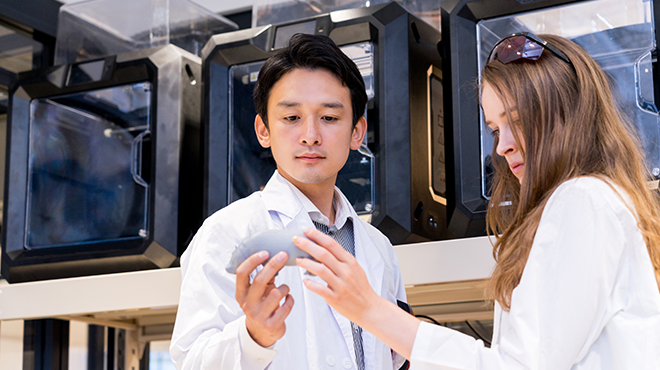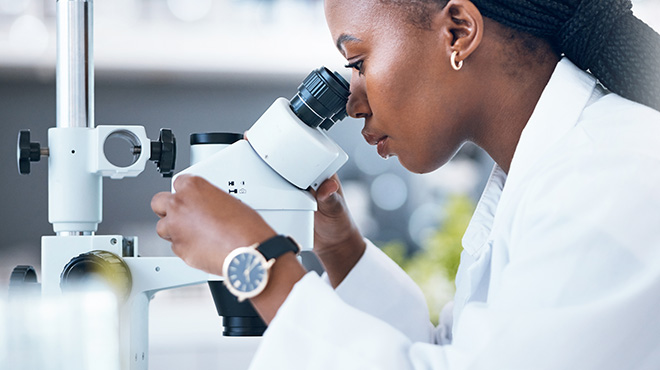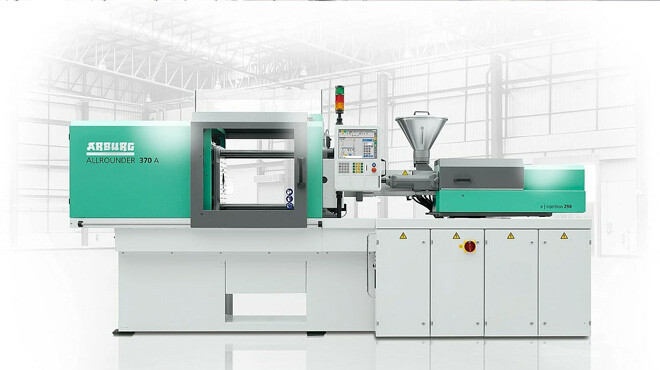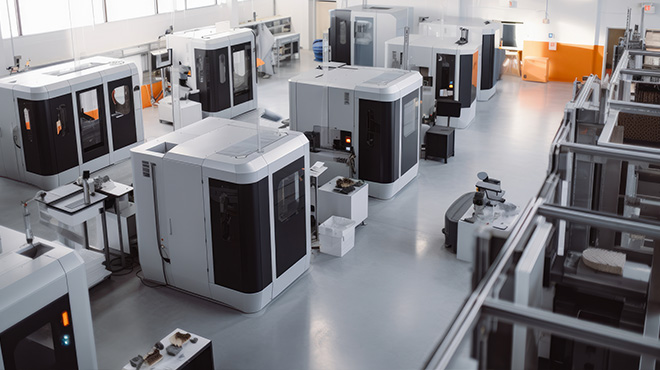1 min read
Method for density determination - An excursion
What awaits you here: Introduction The Archimedes method Automated density determination Computertomography (CT) Micrograph Pycnometer Conclusion ...
2 min read
Mathias Evers : 11.06.2024

In additive manufacturing, determining the density and porosity of a component is of central importance for quality assurance and process control. The repeatability of the measurement methods plays a decisive role here, as it ensures the reliability and consistency of the measurement results. In this article, with the help of a study carried out by Fraunhofer IAPT to analyse measurement methods in density measurement, various measurement methods for determining repeatability are examined. These include micrographs, computer tomography (CT) and automated density determination.
The use of micrographs to determine density requires precise and careful sample preparation. Samples are embedded in an epoxy resin matrix and ground and polished in several steps. The cut surface is then analysed microscopically to detect and classify pores and other defects. However, the repeatability of this process is limited, as the results depend heavily on the quality of the sample preparation and the skills of the user. In addition, the examination of micrographs is destructive, which makes repeated measurements on the same sample impossible.
Another disadvantage of micrograph analysis is the two-dimensional nature of the method, which only allows local conclusions to be drawn about porosity. As pore distributions can vary greatly within a component, several microsections at different positions are necessary to obtain a reliable statement about the density. This considerably increases the time and cost involved. Despite these limitations, micrographs offer a high resolution and allow detailed examination of pore shapes and other defects, which can be valuable for process analysis.
Computertomography is a non-destructive process that generates three-dimensional images of a component. This allows pores and defects to be detected and analysed throughout the entire volume of the component. The repeatability of CT measurements is highly dependent on the positioning of the sample on the scanning platform. Small pores can vary with different placements, which can lead to fluctuations in the measurement results. In addition, the resolution of CT is limited and very small pores may not be detected.
Due to the high cost and time involved, repeated CT scans were not performed in the underlying study, so repeatability could not be fully determined in this context. Nevertheless, the CT method offers the advantage that it provides comprehensive information about the porosity distribution in the entire component and thus enables a global statement to be made about the density.
Automated density determination is based on the Archimedes method and combines this with modern automation technology. In this process, samples are placed in special component carriers and placed precisely on the scales by an axis robot. The measurements are taken in air and in fluid, and the results are automatically recorded and analysed. This minimises the influence of the user and significantly increases the repeatability of the measurements.
IIn the underlying study, 15 measurements were carried out on each of 11 different samples. The maximum standard deviation determined was 0.0008 g/cm³, which corresponds to a deviation of 0.03%. All measurement results were within 6σ, which indicates a high repeatability. Another advantage of this method is the traceability of the results, as they can be related to a recognised standard via a measuring chain. This makes automated density determination particularly suitable for process capability assessment in series production.
Determining the repeatability of measurement methods for density determination in additive manufacturing shows clear differences between the methods. While micrographs provide detailed and high-resolution information about the pore structure, they are less suitable for repeated measurements due to the destructive nature and high variability in sample preparation. Computed tomography offers comprehensive three-dimensional insights, but with limitations in resolution and placement accuracy. Automated density determination, on the other hand, shows high repeatability and is particularly suitable for industrial applications due to its automation and traceability. Each method has its specific advantages and disadvantages, and the choice of the appropriate method depends on the requirements of the respective application.
Source: Analysis of measurement methods for density determination - Fraunhofer IAPT - Dimensionics Density GmbH

1 min read
What awaits you here: Introduction The Archimedes method Automated density determination Computertomography (CT) Micrograph Pycnometer Conclusion ...

What awaits you here: INTRODUCTION THE IMPORTANCE OF DENSITY DISTRIBUTION IN THE MIM PROCESS ARCHIMEDEAN DENSITY MEASUREMENT: BASICS AND CHALLENGES ...

What awaits you here: The promise and challenges of additive manufacturing processess Quality assurance: A multi-layered approach Density...